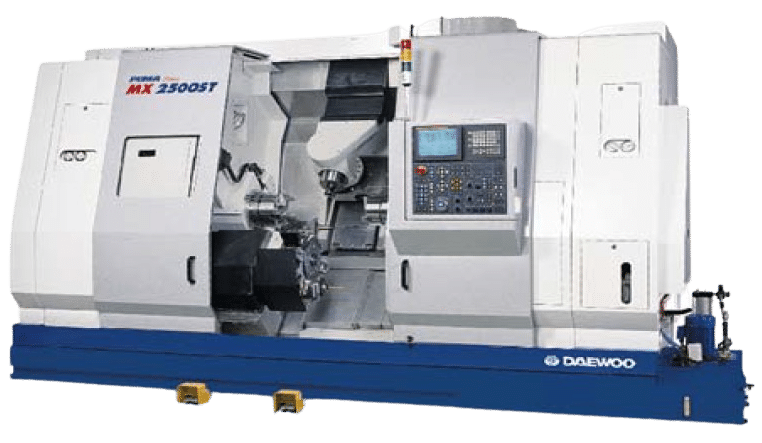
At Minland Machine, we frequently work with both collet chucks and hydraulic chucks in our machining processes. Each system serves a distinct purpose and offers specific advantages depending on the requirements of a project. For customers seeking custom machining solutions, understanding the differences between these systems can offer valuable insights into how we approach each job.
What is a Collet Chuck System?
A collet chuck system is designed to hold smaller, cylindrical workpieces with precision. The collet — a cylindrical sleeve — tightens around the workpiece when clamped, providing stability and accuracy during machining. At Minland Machine, two of our box-way two-axis lathes are equipped with collet chucks and bar feeders.
Key Features of Collet Chucks
Collet chucks are particularly well-suited for smaller workpieces, making them an excellent choice for projects requiring precise handling of components up to 2 5/8 inches in diameter.
At Minland Machine, these chucks integrate with automated bar feeders, allowing for continuous material loading. This capability makes them ideal for repetitive machining processes, especially in high-volume operations, and helps with expedited turnarounds for our customers.
The uniform clamping force of collet chucks leads to minimal runout, delivering exceptional concentricity. This precision makes them great for tasks where tight tolerances are paramount, such as manufacturing components in the aerospace or medical industries.
What is a Hydraulic Chuck System?
Hydraulic chucks are designed to handle larger, heavier workpieces. These systems use hydraulic pressure to operate jaws that securely grip the workpiece. Minland Machine’s hydraulic chuck, mounted on a Doosan lathe, is capable of clamping workpieces up to 18 inches in diameter.
Key Features of Hydraulic Chucks
Hydraulic chucks excel in project applications where the size and weight of the component exceed the capacity of our collet chucks.
With a three-jaw configuration, hydraulic chucks accommodate a wide range of shapes, including irregularly sized or asymmetrical workpieces. Unlike collet chucks, hydraulic systems operate as chuckers, meaning workpieces must be manually loaded. This makes them well-suited for low-volume or custom machining projects where more flexibility is needed.
Hydraulic chucks are also the go-to choice for heavy-duty machining tasks. Their high clamping force is typically required when working with tougher materials or components that demand greater cutting forces. For industries such as automotive or heavy equipment manufacturing, hydraulic chucks offer the strength and adaptability to best handle large, complex parts.
Minland Machine Looks Ahead to Expand Our Capabilities
To further enhance our capabilities, Minland Machine is exploring the addition of a three-axis lathe. This advanced equipment would introduce Y-axis capabilities for off-center milling and a sub-spindle for machining multiple sides of a workpiece in one setup, expanding our ability to take on complex and versatile machining projects.
If you have questions about our processes or need help determining the best approach for your project, the Minland Machine team is available. Contact us today to learn more!